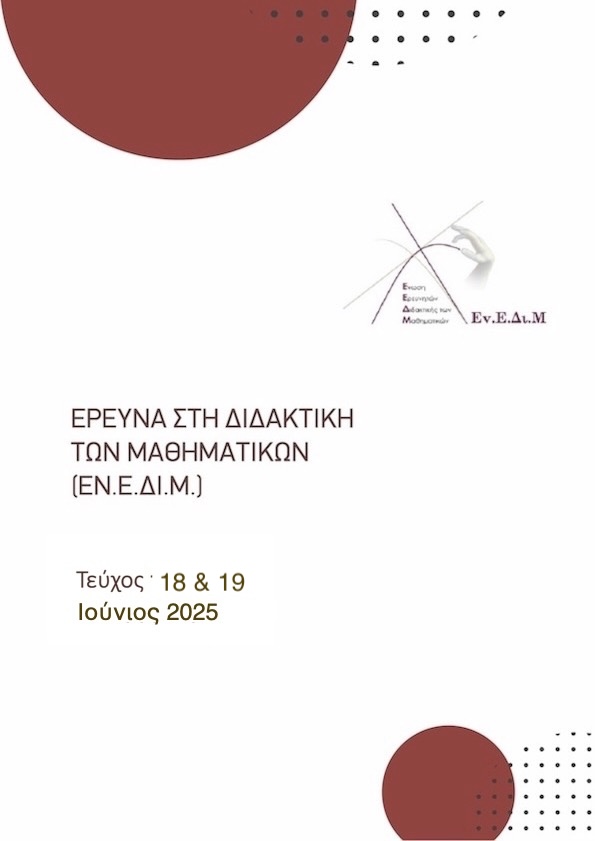“This is me”: The use of puppet in teaching mathematics in kindergarten – A culturally responsive approach
Abstract
In the present paper, the use of the puppet as a mediating tool in teaching of mathematics to Roma kindergarten students is studied in terms of participation, empowerment and development of mathematical concepts, in a context of culturally responsive teaching. First, the learning needs and profile of seven Roma kintergarten students were explored, data used to plan and implement activities based on children’s funds of knowledge. Research findings show that the use of the puppet increased children’s motivation to engage in authentic problem solving, encouraging the development of mathematical understanding and thinking. At the same time, the cultural identity of Roma children was recognized and strengthened, making use of their native language and their experiences from daily life.
Article Details
- How to Cite
-
Chrisikou, V., Vitsiou, M., & Mitropoulou, K. (2025). “This is me”: The use of puppet in teaching mathematics in kindergarten – A culturally responsive approach. Research in Mathematics Education, (18 & 19), 93–113. Retrieved from https://ejournals.epublishing.ekt.gr/index.php/enedim/article/view/37927
- Section
- Articles

This work is licensed under a Creative Commons Attribution 4.0 International License.
Authors who publish with this journal agree to the following terms:
Authors retain copyright and grant the journal right of first publication with the work simultaneously licensed under a Creative Commons Attribution licence that allows others to share the work with an acknowledgement of the work's authorship and initial publication in this journal.
Authors are able to enter into separate, additional contractual arrangements for the non-exclusive distribution of the journal's published version of the work (e.g. post it to an institutional repository or publish it in a book), with an acknowledgement of its initial publication in this journal.
Authors are permitted and encouraged to post their work online (preferably in institutional repositories or on their website) prior to and during the submission process, as it can lead to productive exchanges, as well as earlier and greater citation of published work (See The Effect of Open Access).



